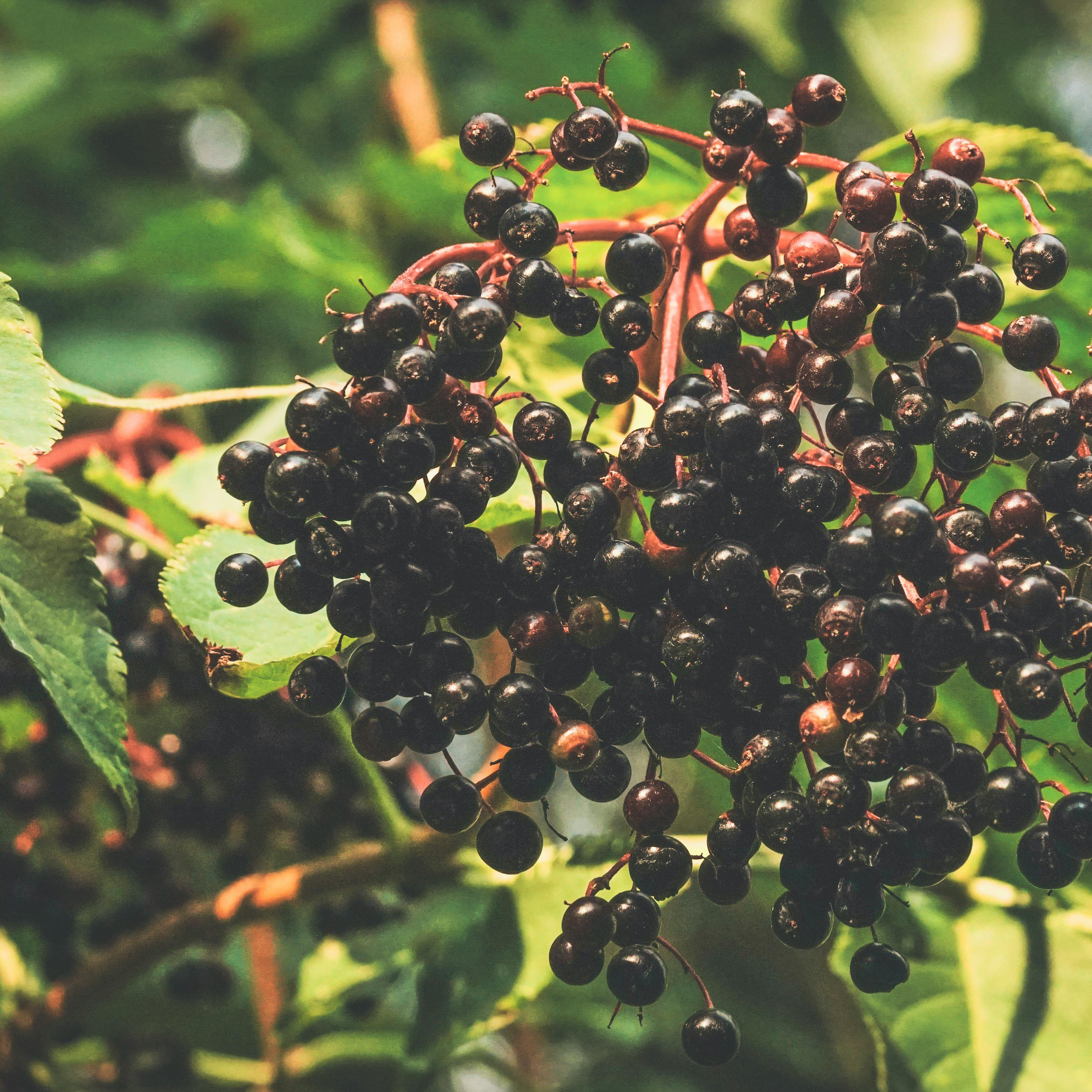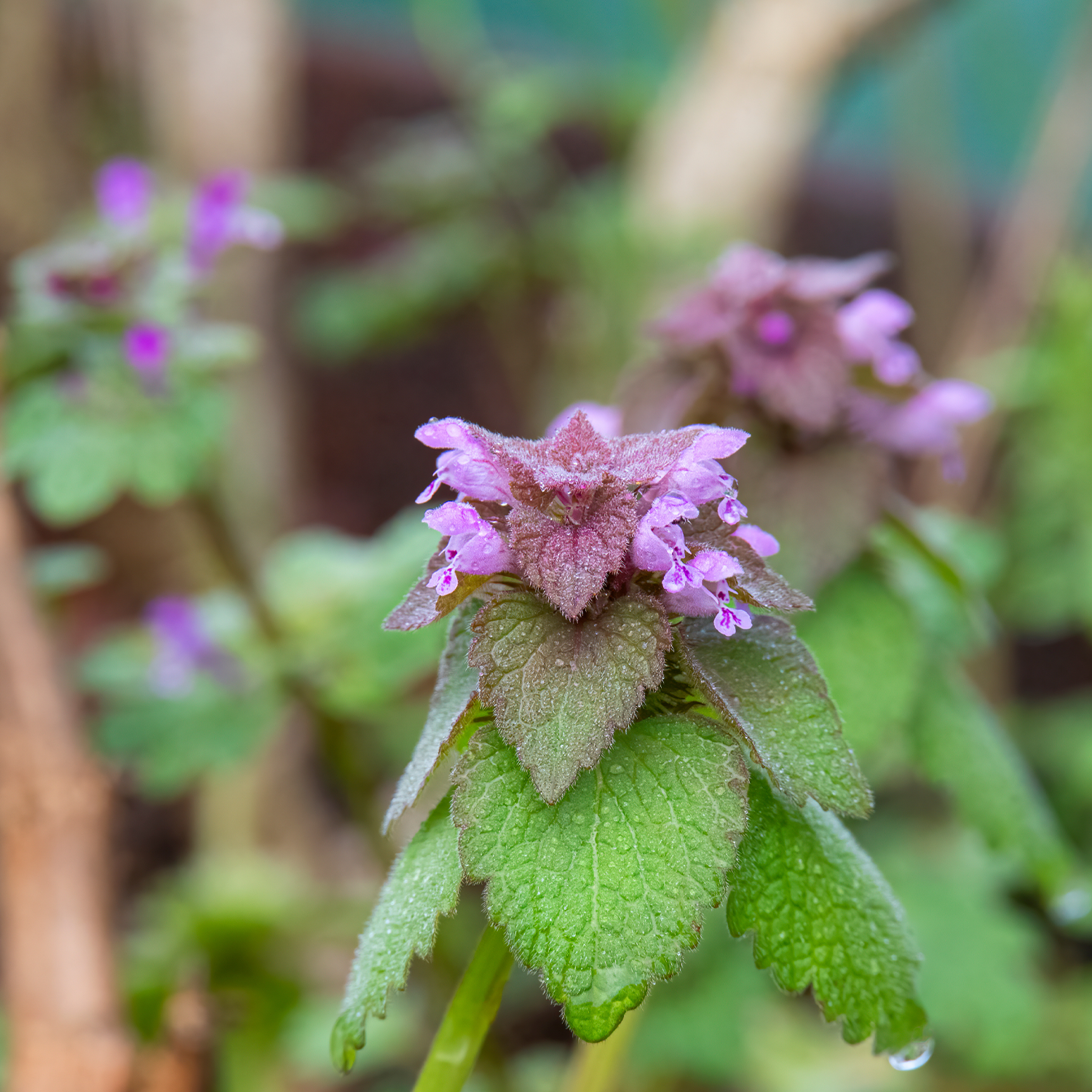
Elderberry: The Ideal Starting Point for Your Herbalism Journey
A Brief Historical Overview of Elderberry
Elderberry (Sambucus nigra) has been revered for centuries across various cultures for its medicinal and culinary applications. In medieval Europe, elderberry was considered a “holy tree,” with its flowers, berries, leaves, and bark utilized in traditional remedies. During the Civil War, elderberry was employed as a diuretic, laxative, and topical treatment for wounds. Even during the World Wars, elderberry was used as a natural dye for fabrics and as a traditional immune-supporting remedy. Its enduring presence in folk medicine underscores its versatility and significance in natural healing practices.
 Elderberry’s Antiviral Properties and Clinical Evidence
Elderberry’s Antiviral Properties and Clinical Evidence
Modern scientific investigations have validated many traditional uses of elderberry, particularly its antiviral properties. Laboratory studies have demonstrated that elderberry extract exhibits activity against human pathogenic bacteria and influenza viruses, including H1N1.
Clinical trials further support these findings. A randomized, double-blind, placebo-controlled study involving 60 patients with influenza-like symptoms found that those receiving elderberry extract experienced symptom relief four days earlier than the placebo group. Another trial reported that participants using elderberry extract had a shorter duration of cold episodes compared to those on placebo. These studies suggest that elderberry supplementation may help reduce the severity and duration of viral infections, making it a valuable addition to immune health regimens.

The Bioactive Compounds Behind Elderberry’s Benefits
Elderberries are rich in bioactive compounds that contribute to their health benefits. The most notable are anthocyanins, the flavonoid pigments responsible for elderberry’s deep purple color. Anthocyanins are potent antioxidants that help reduce oxidative stress, support immune function, and exhibit antiviral properties by preventing viruses from attaching to and penetrating host cells.
In addition to anthocyanins, elderberries contain:
• Quercetin – A flavonoid known for its anti-inflammatory and immune-supporting effects.
• Rutin – A compound that strengthens blood vessels and suppo rts cardiovascular health.
rts cardiovascular health.
• Vitamins A, C, and B6 – Essential nutrients that support immune function and overall health.
• Phenolic Acids – Compounds with antioxidant and antimicrobial properties, aiding in immune defense.
These active compounds work synergistically to support immune function, combat viral infections, and provide anti-inflammatory benefits, making elderberry a well-rounded addition to any wellness routine.
Elderberry: Accessible, Safe, and Family-Friendly
One of the remarkable aspects of elderberry is its accessibility. Native to many regions, elderberry plants can often be foraged across much of the United States, making it an economical choice for budding herbalists. However, proper identification and preparation are crucial, as raw elderberries contain cyanogenic glycosides, which can be toxic. Cooking the berries neutralizes these compounds, rendering them safe for consumption.
Elderberry is generally well-tolerated and has been used by various age groups. Its extensive history of use and scientific studies suggest a favorable safety profile, making it suitable for family use. Nonetheless, consulting with a healthcare provider before introducing any new supplement, especially for children or individuals with underlying health conditions, is advisable.
Different Ways to Use Elderberry
Elderberry is an incredibly versatile herb, making it easy to incorporate into your daily routine. Here are some popular ways to use it:
• Elderberry Syrup – One of the most popular preparations, made by simmering elderberries with honey and spices for a potent immune-boosting syrup.
• Elderberry Tea – Dried elderberries can be steeped into a warm, soothing tea, often combined with ginger, cinnamon, or echinacea for added benefits.
• Elderberry Tincture – A concentrated alcohol-based extract that preserves the beneficial compounds for long-term use.
• Elderberry Gummies – A fun and convenient way to enjoy elderberry’s benefits, especially for children.
• Elderberry-Infused Vinegar – Used in salad dressings or as a daily tonic to support immunity.
• Elderberry Jam or Syrup for Culinary Use – Elderberries can be incorporated into jams, jellies, and syrups to enhance meals while supporting health.
Embarking on Your Herbalism Journey with Elderberry
Elderberry’s rich history, scientifically backed health benefits, and accessibility make it an excellent starting point for those interested in herbalism. Whether crafting your own elderberry syrup, incorporating it into culinary creations, or exploring its various formulations, elderberry offers a tangible connection to nature’s healing potential. As you delve into the world of herbalism, elderberry serves as a gateway to understanding and appreciating the profound relationship between plants and human health.
Sources:
Krawitz, C., Mraheil, M.A., Stein, M. et al. Inhibitory activity of a standardized elderberry liquid extract against clinically-relevant human respiratory bacterial pathogens and influenza A and B viruses. BMC Complement Altern Med 11, 16 (2011).
Mocanu, M.L.; Amariei, S. Elderberries—A Source of Bioactive Compounds with Antiviral Action. Plants 2022, 11, 740. https://doi.org/10.3390/plants11060740







Leave a comment
This site is protected by hCaptcha and the hCaptcha Privacy Policy and Terms of Service apply.